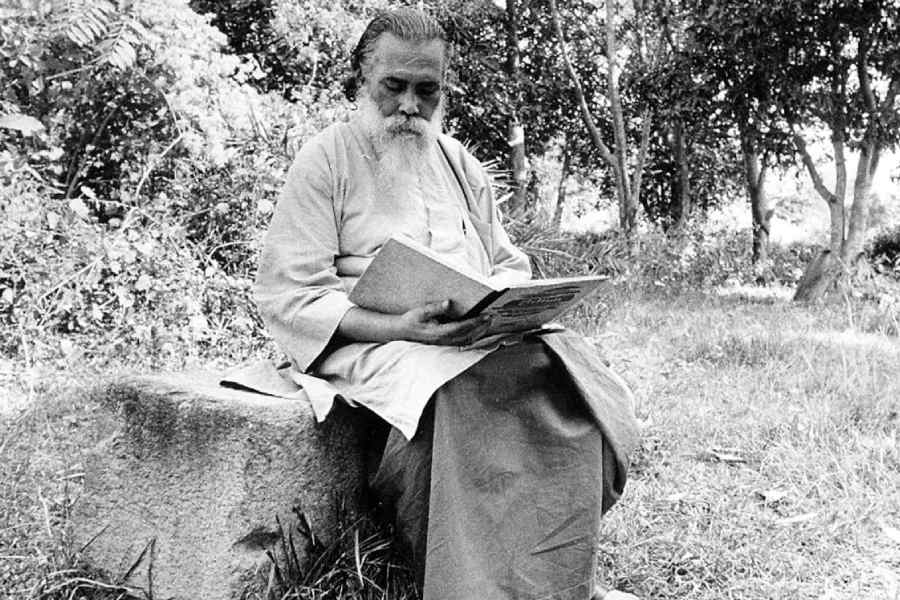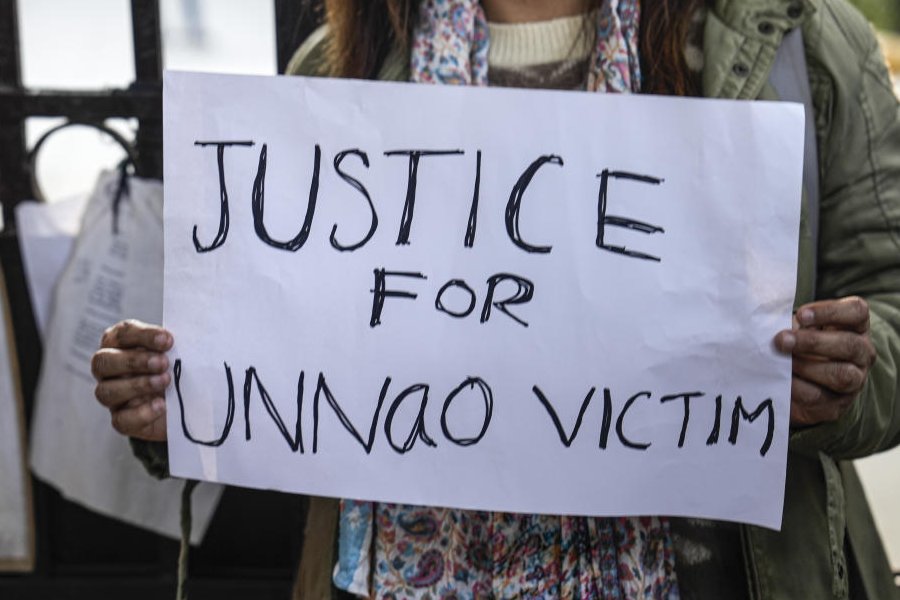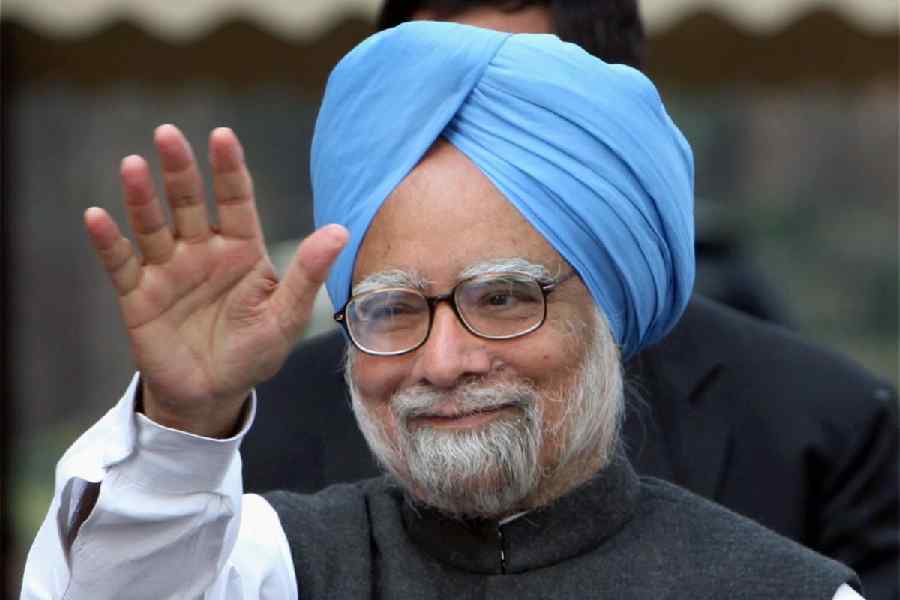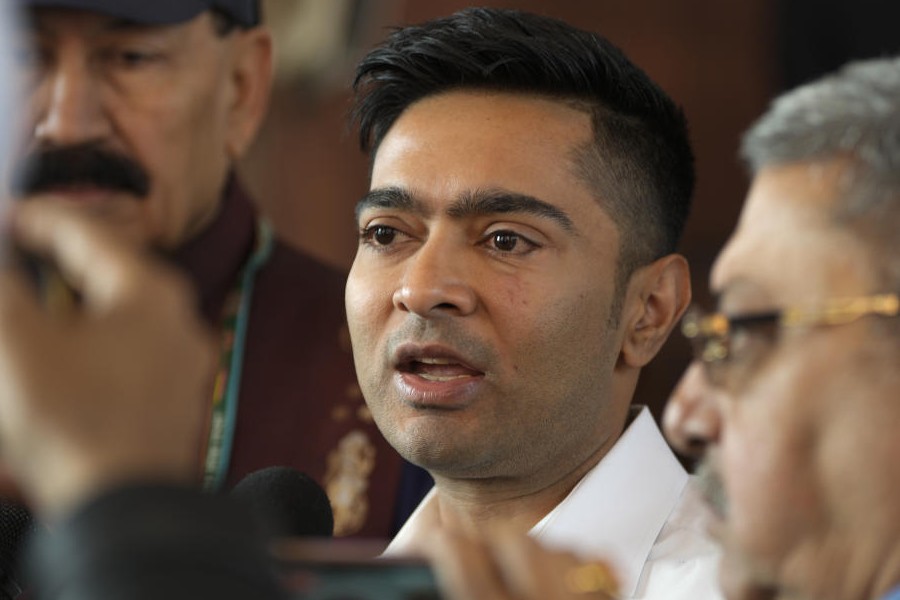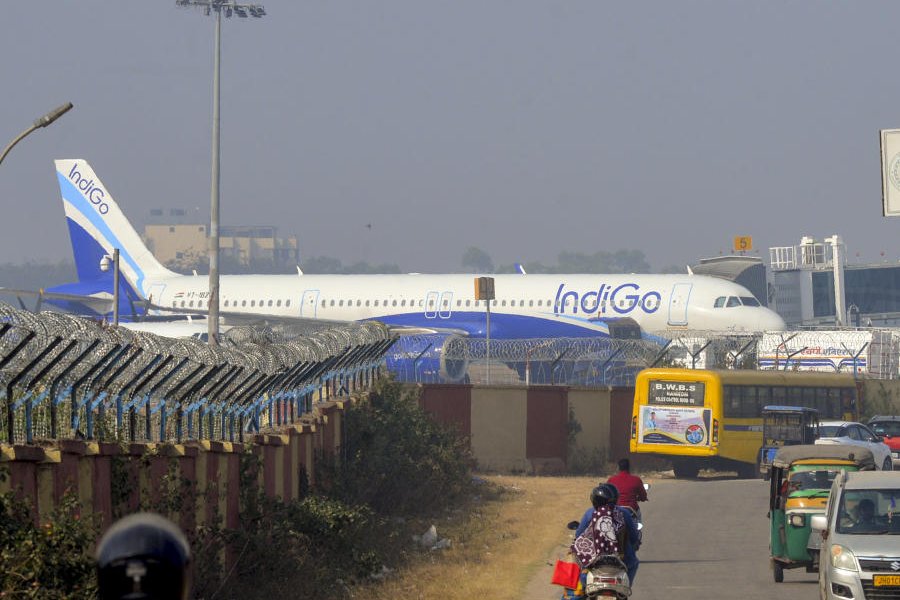Precious history
Sundaram Tagore tells me that he is editing a book about his father, Subho Tagore, a founder of the influential Calcutta Art Group, adding that if he doesn’t bring out the book now, the story of his father’s generation will be lost. I met him at Treasure House, an art fair in Chelsea where beautiful objects are sold to people “who come by invitation only”. Sundaram, who has flown in from New York where he owns a gallery, is showcasing the work of selected artists, including the Mongolian-origin sculptor, Zheng Lu, who uses steel to capture the effect of splashing water.
Sundaram’s father, Subhogendranath Tagore (1912-1985), was the grandson of Hemendranath Tagore, the third son of Debendranath Tagore and the elder brother of Rabindranath Tagore. “I am writing a chapter to the book,” reveals Sundaram. “I am galvanising a group of scholars who knew him or his work. He was a painter who studied in London for two years in the 1930s at the Central School of Arts and Crafts and returned home because of the call of independence to found the Calcutta Art Group. “In India of that particular generation they did not keep any archival material. Nehru sent him to 30 countries with his exhibition. And they opened the National Gallery of Modern Art with his exhibition. The first Calcutta Group exhibition was opened by E.M. Forster.”
He is hoping contributors will include the art historian, Partha Mitter, the Cambridge historian, Joya Chatterji, and Madhuvanti Ghose of the Art Institute of Chicago. His father’s belongings were destroyed in a flood in the family apartment in the Metropolitan Building in Calcutta but he managed to salvage some material.
Adventurous spirit
Harpreet Kaur Chandi, or ‘Polar Preet’, thinks that Indian parents should encourage their children to be adventurous. Now a national celebrity, she has written a book for children called The Explorer’s Guide to Going Wild: Find Adventure Anywhere.
Her publishers have summed her up thus: “Preet is... the first woman of colour to complete a solo expedition across Antarctica to the South Pole... she broke the... World Record for the longest ever solo and unsupported one-way polar ski expedition, travelling... across Antarctica in 70 days.” For a meal break, her “favourite is mango wrapped in a paratha”.
Dressed right
Horse racing at the Royal Ascot goes back a long way. The handbook with details of the week’s races issued to punters says: “The racecourse was laid out by William Lowen and Ascot’s first event was held on Saturday 11th August 1711.”There is, of course, a dress code for the occasion. As you get off the train at Ascot, you see the most formally dressed men in morning dress with top hats. The women all wear hats or fascinators. Some 20 years ago, when women from well-off Asian families began attending Ascot, there was a debate about whether it was ‘culturally appropriate’ to wear hats and fascinators with saree or salwar kameez . Not anymore. The more conservative Muslim women wear hats over their headscarves.
There is another tradition. At 2.30 pm, members of the royal family go past in horse-driven carriages, escorted by cavalry in scarlet tunics. From a distance, I saw the feathers in Queen Camilla’s hat fluttering wildly in the wind.
A leading role in bringing Asians to Ascot has been played by the Pakistani businessman, Anwar Pervez, who still speaks of happy times working as a Bradford bus conductor when he first arrived in Britain in 1956. Sir Anwar is now a billionaire with a knighthood, dressed in a top hat and morning dress. He has been holding charitable fundraisers at Ascot for 31 years.
There was a nice touch at lunch: chocolates in the shape of top hats from Charbonnel et Walker.
Parade of queens
It is essential for Indians to learn bits of English history to make a life in England. At the National Portrait Gallery in London, I managed to chat briefly with Charlotte Bolland, who has curated an exhibition on the ‘infamous’ Tudor monarch, Henry VIII (1491-1547), who beheaded two of his six wives (Anne Boleyn and Katherine Howard). But Bolland has looked at the period from the point of view of the six queens. “Often reduced to the rhyme, ‘Divorced, Beheaded, Died / Divorced, Beheaded, Survived,’ this exhibition seeks to restore the queens’ individuality and agency... bringing them out of Henry’s shadow and their homogenous grouping.”
Henry VIII cropped up again when I went to the Hampton Court Palace Garden Festival, which is the UK’s premier flower show after Chelsea. Henry VIII had 60 homes but his favourite was Hampton Court Palace. Indian soldiers camped in its grounds in 1919 after World War I.

